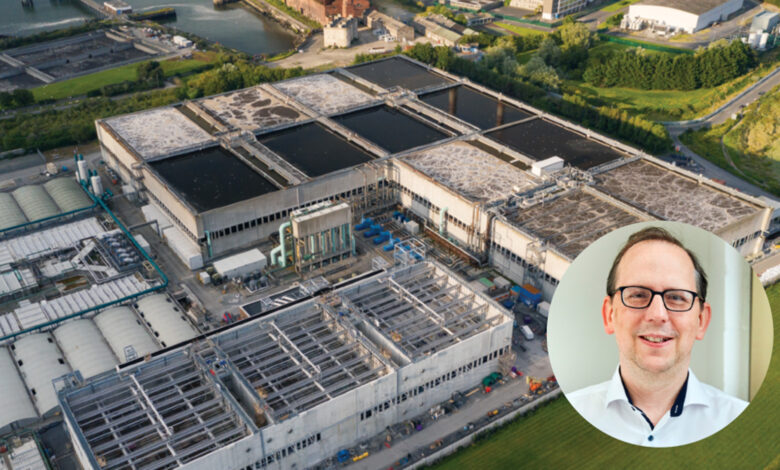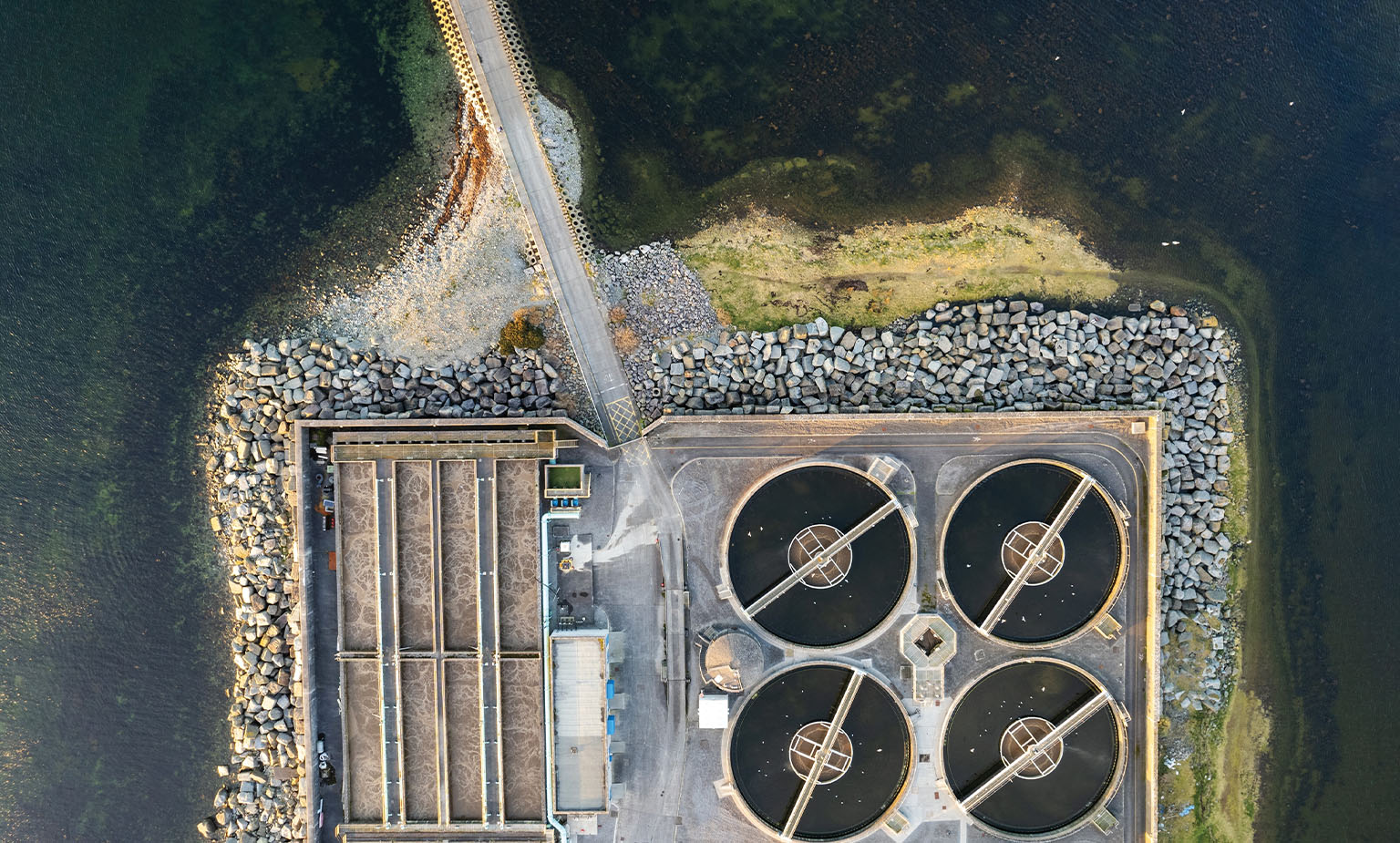An asset management-centric approach and how it contributes to investment

The asset base within water utilities is vast and ageing, with most of the infrastructure being underground, whilst also being challenged by external factors such as climate change and population growth. John Carty, Account Director (Utilities) with OutForm Consulting, writes.
Simultaneously, water utilities face funding challenges, increasing customer and stakeholder expectations, and the fundamental requirement of meeting regulatory compliance. The need to effectively manage their asset base in order to deliver value in achieving the organisation’s objectives has never been more keenly felt.
Understanding asset management
The scale of these challenges mean that water utilities have to ensure that their assets are resilient, and they are planning to meet short-, medium- and long-term needs. Asset management means managing the infrastructure, reducing cost of ownership, whilst also delivering the levels of service that are being demanded by customers and stakeholders alike.
A key objective for water utilities like Uisce Éireann is ensuring service and environmental performance is enhanced, while also meeting the stresses placed on its infrastructure through extreme weather, demand for water, and population growth. It is vital that any historic under-investment is addressed, but in doing so the cost of maintaining and improving assets is being fairly split between current and future generations, without undue risks being undertaken that could impact resilience and sustainability.
Asset management is about managing activities across a water utility to deliver value from the assets it owns. This means adopting a systematic approach to planning, operating, maintaining, and renewing infrastructure across key capability groups, such as asset inventory and analytical insights, strategy and planning, condition and performance assessment, risk management, investment planning, and objective decision-making across the end-to-end asset lifecycle.
Benefits of asset management
As highlighted, the challenges faced by water utilities have evolved from centring around cost reduction, which may traditionally have been seen as one of the key benefits of asset management. The reality is that although there are operating and capital efficiencies to be gained, there are also many other benefits which have grown in importance in the way that a modern water utility operates today, four key areas highlighted below.
- Standardisation: Asset management is helping water utilities apply consistent standards and specifications, simplifying water and wastewater processes, equipment and materials, reducing reliance on spares and supplies, and standardising operations and maintenance practices.
- Sustainability and net zero carbon: This is becoming increasingly important in the water sector and can be seen through building sustainability into asset management decisions. This drives increasingly sustainable outcomes in asset strategies, asset design, product standardisation, construction materials, and operational practices, reducing both operational and capital delivery carbon impacts.
- Health and safety: Understanding asset health and risks, and prioritising what is essential will help remove process and employee safety risks, reducing the probability of H&S incidents.
- Objectivity in decision-making: In all water utilities there is never enough capital or operating expenditure to do everything required. Effective asset management and quantitative investment planning and prioritisation based on a robust understanding of asset health and risk moves the investment decision away from ‘who shouts loudest’ to an increasingly objective and informed decision that provides overall best value for the organisation.

Impact on investment and infrastructure
A fundamental element of asset management is ensuring it is not seen as being solely the domain of the asset management directorate, rather it is a philosophy about the ‘management of assets’ that must be pervasive in the organisation.
Considering the entire asset lifecycle from operating and maintaining the asset, monitoring the assets and understanding the whole life costs, identifying asset performance and risks to service, prioritising needs in the context of the asset strategy, planning solutions, design and construction of an asset intervention, and back into operations, is essential in optimising asset management strategies.
Making asset management more pervasive facilitates a better understanding and collection of data around asset risk, performance, and the value of interventions. This creates a risk and value framework that can be used to compare the relative benefits to provide choices when it comes to making decisions on investment priorities.
Driving this approach creates a consistent, fair, and transparent application and management of investment decision-making, helping improve communication across teams involved in the asset lifecycle in understanding which investments have been taken forward and why.
Summary
In summary there are three key outcomes that effective asset management brings to a water utility.
- Organisational collaboration across operations, asset management and infrastructure delivery: Connecting the strategic intent and outcomes of the organisation with the day-to-day management, operation, and investment decisions.
- Making risk-based decisions: To balance competing demands for maintaining and improving performance and compliance, increasing efficiency, and mitigating risk is aimed at managing the organisation’s risk profile for improved sustainability and resiliency.
- Value from the asset base: Value can be derived from applying asset strategies to balance cost, risk, and performance to extend asset life and maintain service. Asset management provides a priority framework to target resources for activities like condition and risk assessment, preventative maintenance and whole life costing. This helps define criticality and risk to target or defer investment and produce the best outcomes from the resources available.
Given the significant current and future pressing challenges water utilities face then the application of effective asset management provides a risk-based organisation wide approach, shifting mindsets towards objectivity and organisational outcomes through the entire management of the asset lifecycle.

For more information:
T: +44 (0)78 8140 9424
E: john.carty@outformconsulting.com
W: www.outformconsulting.com





